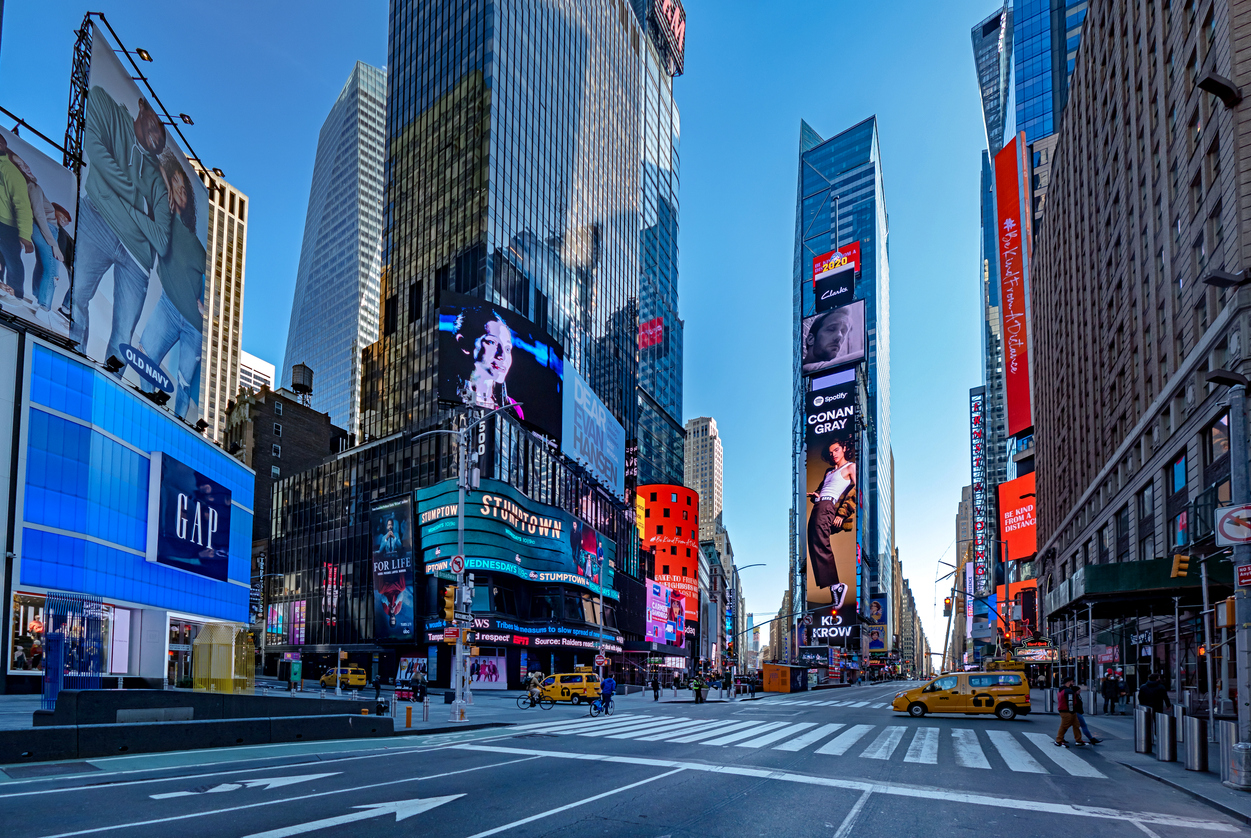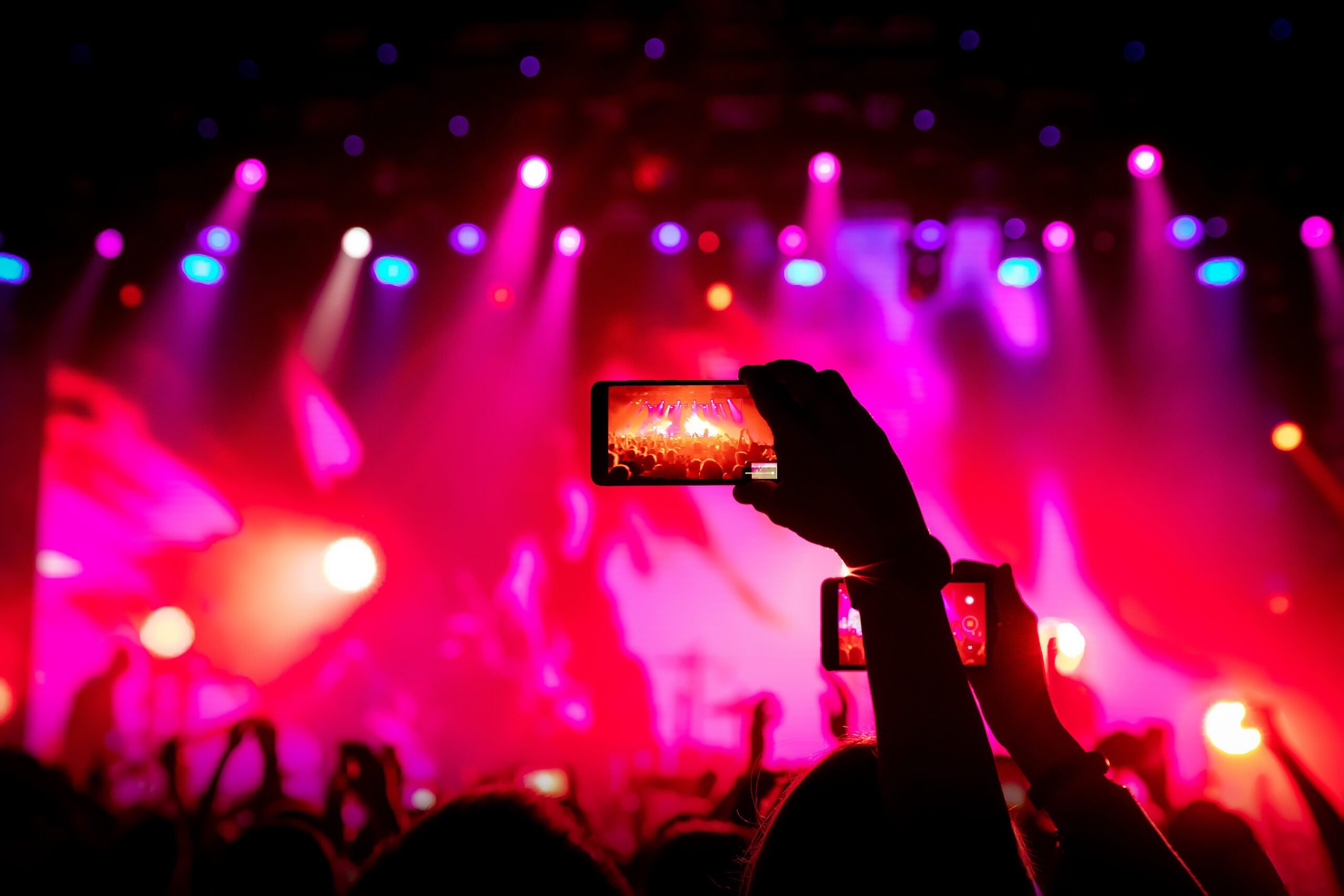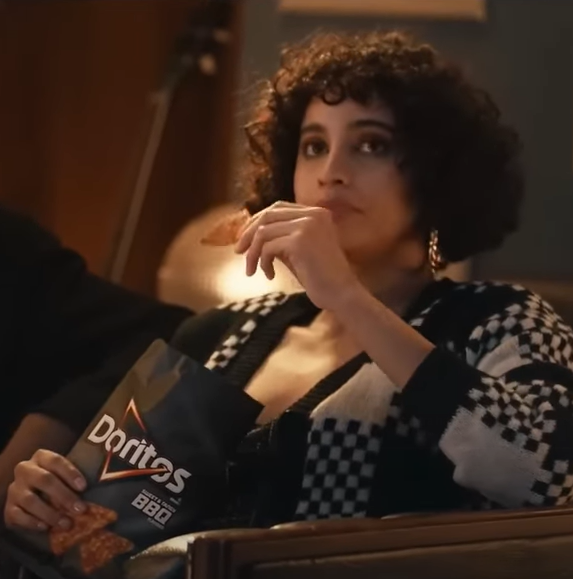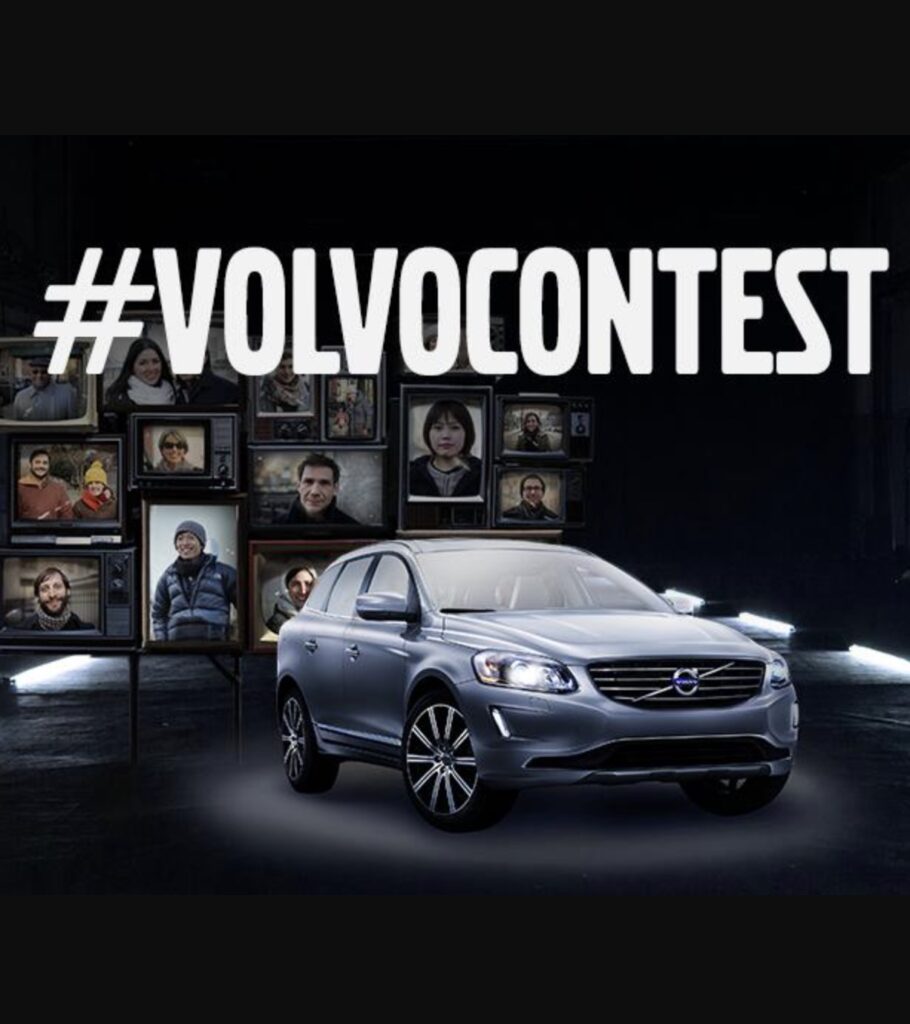Articles

Reskilling to Boost Your Career
1 de May de 2024

The Super Bowl is one of the most anticipated sports events of the year. This annual event determines the champion of the NFL (National Football League) in the United States, between the top-ranked team from the National Conference and the American Conference. This 2024, the Super Bowl will be contested between the Kansas City Chiefs and the San Francisco 49ers on Monday, February 12th, at 00:30 (Spanish time).
This final marks a significant date on the global calendar, appealing to both avid American football fans and those less interested in the sport. The Super Bowl has transcended sporting boundaries to become a global celebration of creativity, strategy, and innovation. But why has the Super Bowl become the epicenter of marketing?
The Super Bowl is essentially the championship game of the American football league. And aside from record-breaking viewership, this match also has many characteristics that make it the perfect stage for brands competing for advertising slots. But what exactly draws companies to it?

El Grado Universitario en Marketing y Comunicación Digital te prepara para destacar, para llevar una marca a la cima. Aprenderás a desarrollar cualquier función relacionada con el marketing con una formación claramente orientada a lo digital.
Infórmate
All American football games have a halftime. It usually lasts about 15 minutes, but in the case of the Super Bowl, it extends to 30 minutes as an exception. This is because of the grand spectacle held during halftime.
In its origins, halftime was reserved for performances by college bands. Seeing the success and popularity, it was decided to opt for more commercial musical shows. This unprecedented event has transcended the borders of the USA.
The Halftime Show is one of the most-watched live performances in the world every year. This event manages to attract both sports fans and non-fans alike to the party. Performing in this space is considered an honor and a standout opportunity for artists, offering them direct exposure to a massive audience.
Over the years, the Super Bowl halftime show has featured participation from world-renowned artists such as Michael Jackson, Madonna, Shakira, and Rihanna, among others. For the 2024 edition, famous American singer Usher will be the one to bring his musical talent and spectacle to the show.
For the brands and sponsors involved in the Halftime Show, this event offers an unmatched platform to promote products and services to a global audience. Companies often take advantage of this opportunity to launch integrated marketing campaigns alongside the spectacle.
But it doesn’t end there. Throughout the years, the halftime show has hosted some of the most innovative and technically complex live performances, pushing the limits of what’s possible in large-scale live entertainment.
The Super Bowl has a limited number of ad slots, with a 30-second spot costing over 5 million dollars. This scarcity poses a challenge for brands: they need to maximize creativity to make their ads stand out. They’re not just promoting products; they want their ads to be memorable and spark conversation. From Budweiser’s iconic ads to Doritos’ provocative campaigns, the Super Bowl has become a stage for the most innovative and creative advertising in the world.

Exclusivity is another key factor that elevates the status of the Super Bowl in the world of marketing. By limiting the number of ads and carefully selecting advertisers, the NFL ensures that each brand has a standout moment. This exclusivity fosters creative competition among brands, further enhancing the quality and impact of the campaigns.
The marketing strategies used in the Super Bowl are diverse and complex, leveraging both the event’s massive reach and its unique position in popular culture. These strategies are designed to maximize brand impact and retention in consumers’ minds.
In the 2015 Super Bowl, Volvo took an innovative and counterintuitive approach with its advertising campaign, “The Greatest Interception Ever.” Instead of buying expensive advertising slots during the event, Volvo chose to use social media to capture the audience’s attention. The strategy involved asking people to tweet using the hashtag #VolvoContest every time a car commercial aired during the Super Bowl. Participants had to nominate someone to win a Volvo XC60, sharing why that person deserved to win it.
This campaign effectively diverted attention from competitors’ ads to Volvo without the company having to pay for a high-cost ad during the event. “The Greatest Interception Ever” stood out for its creativity and consumer-focused marketing approach, increasing brand visibility in a unique and memorable way. It served as a metaphor for a football play in which one team intercepts the ball from the opposing team.

The Super Bowl has become the biggest marketing event thanks to its ability to draw a massive audience, inspire unparalleled creativity, drive engagement across multiple platforms, and provide exclusivity in a highly competitive environment. As the Super Bowl continues to evolve, its influence on global marketing strengthens, redefining creative and strategic possibilities for brands in the future.